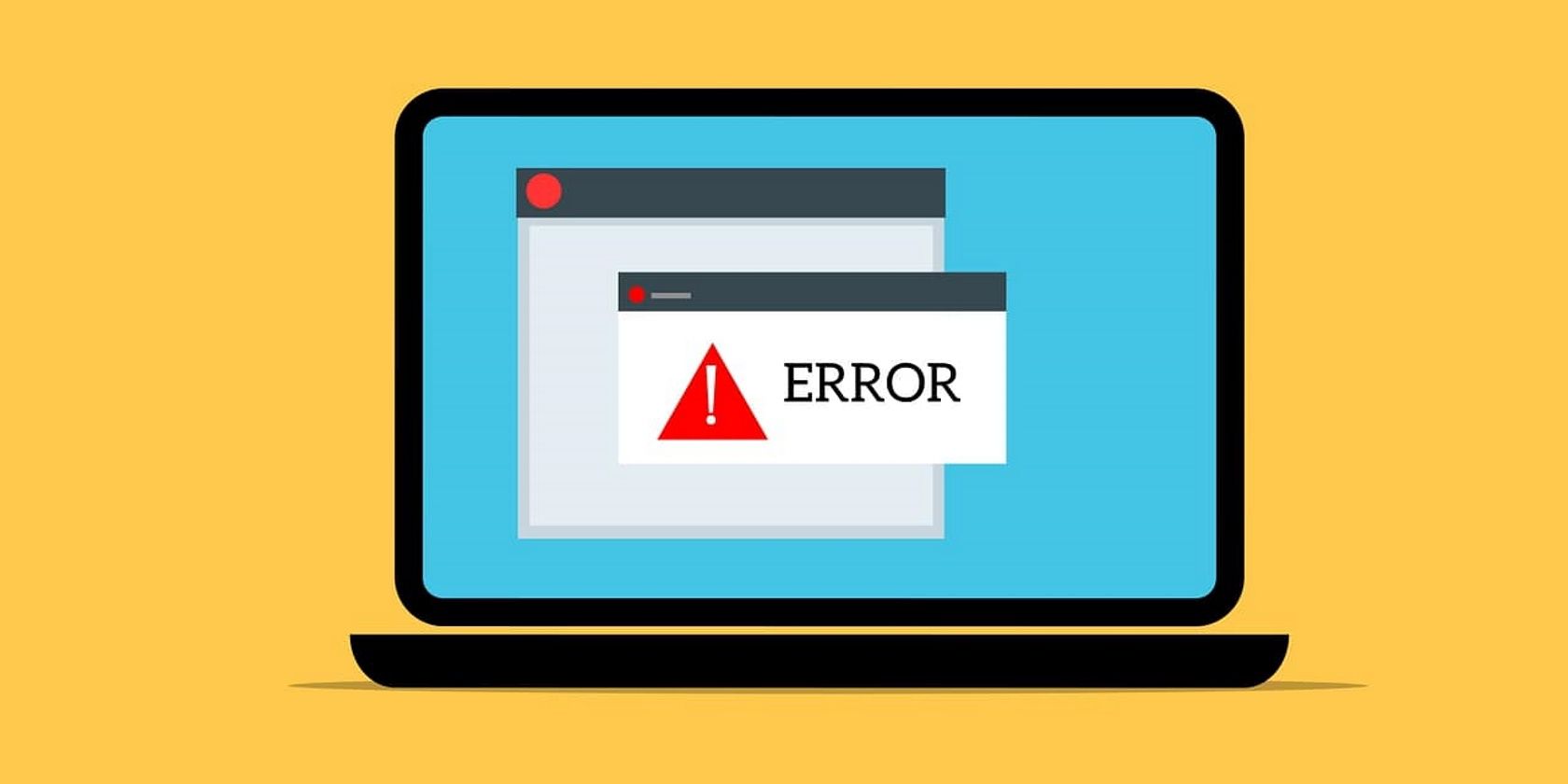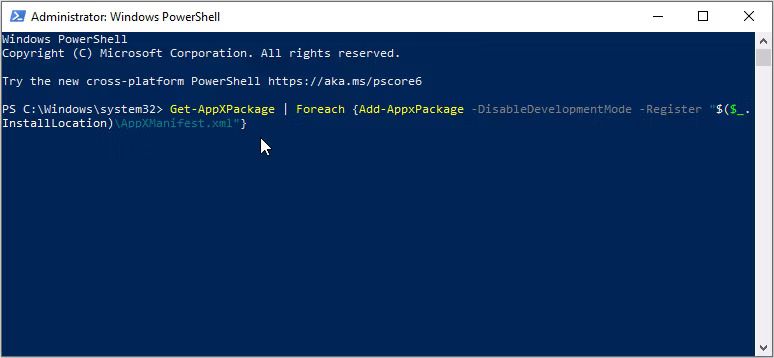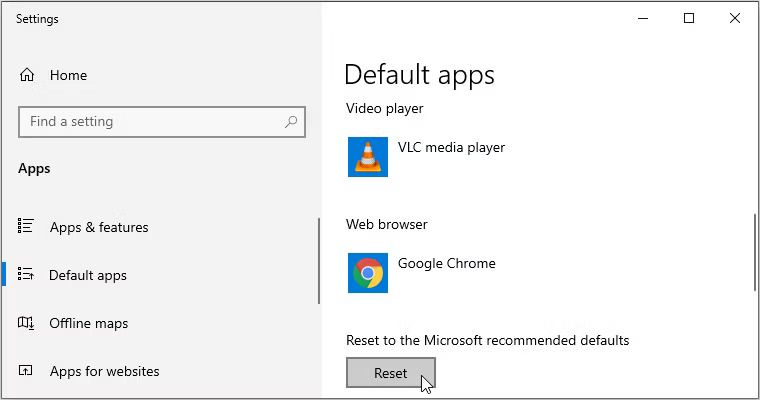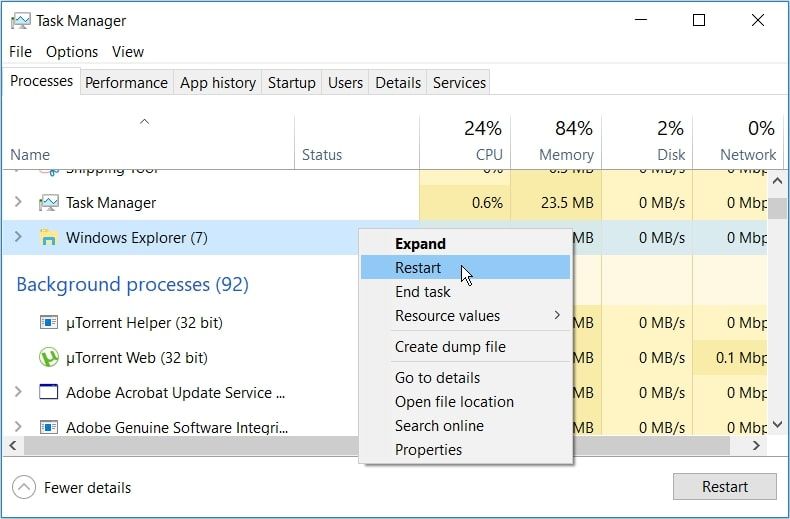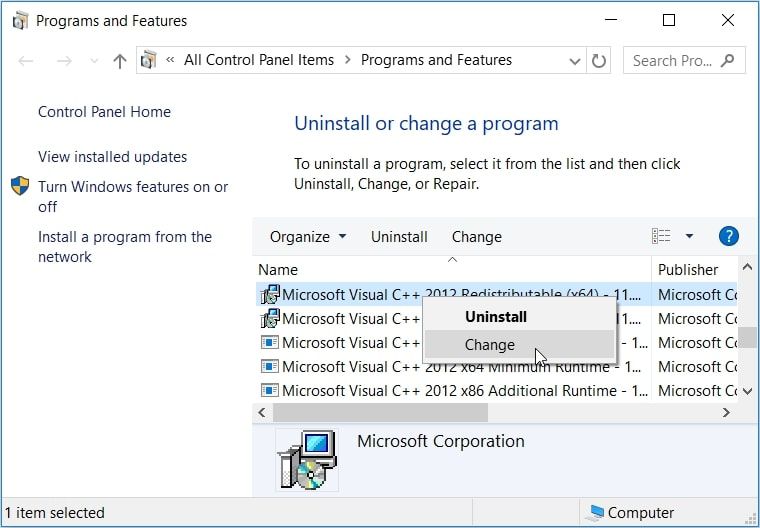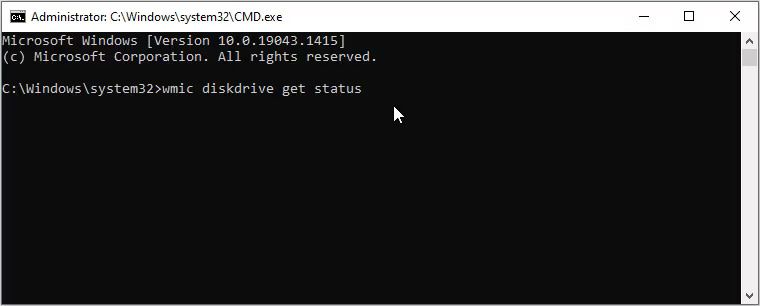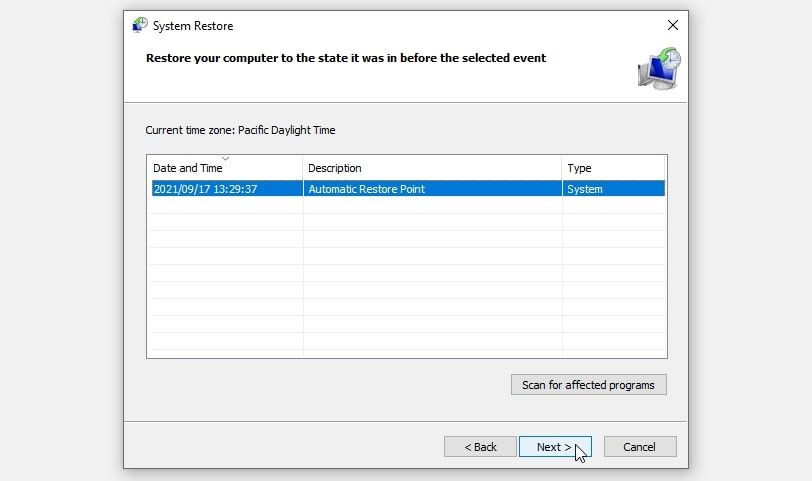You’re trying to open an app on Windows and suddenly bump into the “class not registered” error. It’s quite irritating and makes it hard for you to access your favorite apps.
Wondering what causes this issue and how you can resolve it? Let’s dive in and explore this error and the various ways to tackle it.
What Causes the "Class Not Registered" Error?
The "class not registered" error indicates that a specific component or class required by a program is not properly registered on your device. This can occur when an app attempts to use a DLL (Dynamic Link Library) or COM (Component Object Model) object that hasn't been registered or is missing from the system.
In some cases, the problem might be the result of corrupted DLL or COM files that are lying around somewhere on your PC. And in the worst-case scenario, it could be due to Registry errors and various system-related issues.
Now, let's show you how you can tackle this issue.
1. Quick Fixes for the "Class Not Registered" Error
Before we explore the detailed solutions, let's take you through some quick fixes that could help:
- Reopen the Affected App: If the error occurred while using a specific app, close that particular app and then reopen it.
- Restart Your PC: Sometimes, restarting your Windows device can resolve temporary glitches or conflicts that might be causing the issue at hand.
- Run Compatibility Troubleshooter: Is the error occurring on an older app that's not working properly on a newer Windows version? If so, then run the built-in compatibility troubleshooter.
- Reinstall or Repair the Affected App: If the error is specific to a certain app, then reinstall or repair the app in question. And while you're at it, consider uninstalling any other redundant or suspicious apps that might be causing system conflicts.
- Update Your Windows Device: In some instances, the issue might be caused by a system glitch. So, updating your Windows device could be the best solution.
Let's now check out the other fixes.
2. Re-Register the Windows DLL Files
The "class not registered" error usually stems from faulty DLL (.dll) files. To resolve this issue, you’d need to re-register all the DLL files on your device.
Here are the steps for re-registering the DLL files:
- Press Win + R to open the Run command dialog box.
- Type CMD and press Ctrl + Shift + Enter to open an elevated Command Prompt.
- Type the following command and press Enter:
FOR /R C:\ %G IN (*.dll) DO "%systemroot%\system32\regsvr32.exe" /s "%G" regsvr32 ExplorerFrame.dll
Wait for the process to complete, and then reboot your device. This should get rid of the class not registered error on your Windows 11 or Windows 10 device.
3. Re-Register the Windows Store Apps
You’re likely to bump into the "class not registered" error if some of your Windows apps are faulty or corrupted. In this case, you could tackle the problem by re-registering all your Windows apps.
Now, here’s how to re-register the Windows Store apps:
- Press Win + X to open the Quick Access Menu.
- Select Windows PowerShell (Admin) from the options.
- Type the following command and press Enter:
Get-AppXPackage | Foreach {Add-AppxPackage -DisableDevelopmentMode -Register "$($_.InstallLocation)\AppXManifest.xml"}
Reboot your device when the process is complete.
4. Reset Your Default Apps
Resetting the default apps on Windows might also help tackle the issue. This process restores your apps’ default settings and could remove the bugs that cause the "class not registered" error.
Here are the steps for resetting your Windows default apps:
- Type Default Apps in the Windows search bar and select the Best match.
- Scroll down and click the Reset button. From there, follow the on-screen instructions to finalize the process.
5. Restart Windows Explorer
Restarting the Windows File Explorer usually helps tackle many PC problems. In this case, it might help you resolve the "class not registered" error.
So, let’s take a look at how you can restart File Explorer to tackle the issue at hand:
- Press Win + X to open the Quick Access Menu.
- Select Task Manager from the options.
- In the next window, right-click on Windows Explorer and select Restart.
If the issue persists, close the Windows Explorer via the Task Manager and then reopen it manually.
Here are the steps you need to follow:
- Open the Quick Access Menu and Task Manager as per the previous steps.
- Right-click on Windows Explorer and select End task.
- Finally, open Windows Explorer directly by clicking its icon on the taskbar. Alternatively, type File Explorer in the Windows search bar and select the Best match.
6. Repair or Update the Microsoft Visual C++ Programs
Repairing or updating the Microsoft Visual C++ programs could help tackle the "class not registered" issue on your Windows 10 or Windows 11 device.
The Microsoft Visual C++ runtime library packages help ensure that your device functions properly. So, you’re likely to bump into various system issues when these packages are corrupted.
Here are the steps for repairing the Microsoft Visual C++ programs:
- Press Win + R to open the Run command dialog box.
- Type appwiz.cpl and press Enter to open the Programs and Features window.
- Right-click each Microsoft Visual C++ program and select Change from the options.
Next, click the Repair button in the pop-up window. Finally, follow the on-screen instructions and restart your PC to save these changes.
If the error still pops up, then try reinstalling the Microsoft Visual C++ programs.
Here are the steps you need to follow:
- Open the Run command dialog box and the Programs and Features window as per the previous steps.
- Right-click each Microsoft Visual C++ program and click Uninstall.
- Reinstall the Microsoft Visual C++ programs on the Microsoft website and then follow the on-screen instructions.
7. Repair Corrupt System Files With DISM and SFC
Since this is likely a system-specific issue, running the DISM and SFC tools could come in handy. These two incredible tools usually help repair missing or corrupt system and Registry files.
We've explained how to run both in our guide on how to repair corrupt files with Windows' built-in tools.
And if the issue persists, perform a clean boot and see if that helps.
8. Check the Status of Your Hard Drive
The “class not registered” error sometimes pops up if your hard drive has issues. But to confirm if the hard drive is really causing this problem, you'd need to check its status.
So, here’s how you can easily check the status of your hard drive on Windows:
- Press Win + R to open the Run command dialog box.
- Type CMD and press Ctrl + Shift + Enter to open an elevated Command Prompt.
- Type the following command and press Enter:
wmic diskdrive get status
If your hard drive is in good condition, the result should read, “Status: OK.” Meanwhile, your hard drive is corrupted if you get results like “Caution,” “Bad,” or “Unknown.” And in case your hard drive is in bad condition, the best solution would be to replace it.
9. Perform a System Restore
If you still can't resolve the “class not registered” error, perhaps it’s time to perform a system restore. When using a restore point, the system will return to its previous state and restore all your settings. However, ensure to back up all your data on Windows before proceeding.
Here’s how to perform a system restore on Windows:
- Type Create a restore point in the Windows search bar and select the Best match.
- Navigate to the System Protection tab, click System Restore, and then press Next.
- Pick the Show more restore points option.
- Select a restore point from the list and click Next. Finally, click Finish to complete the process.
If you haven’t created a restore point, you could tackle the issue by updating Windows instead. And from there, be sure to check out tips on how to manage Windows updates.
Easily Tackle the “Class Not Registered” Error
The "class not registered" error can be triggered by many system-related issues. But getting rid of it is quite easy. Just try any of the tips we’ve covered, and you should be good to go.
The good news is that our methods can help you tackle the class not registered error in both Windows 10 and Windows 11.
Now, if your PC suddenly becomes faulty, you can fix it using various other troubleshooting tips.

